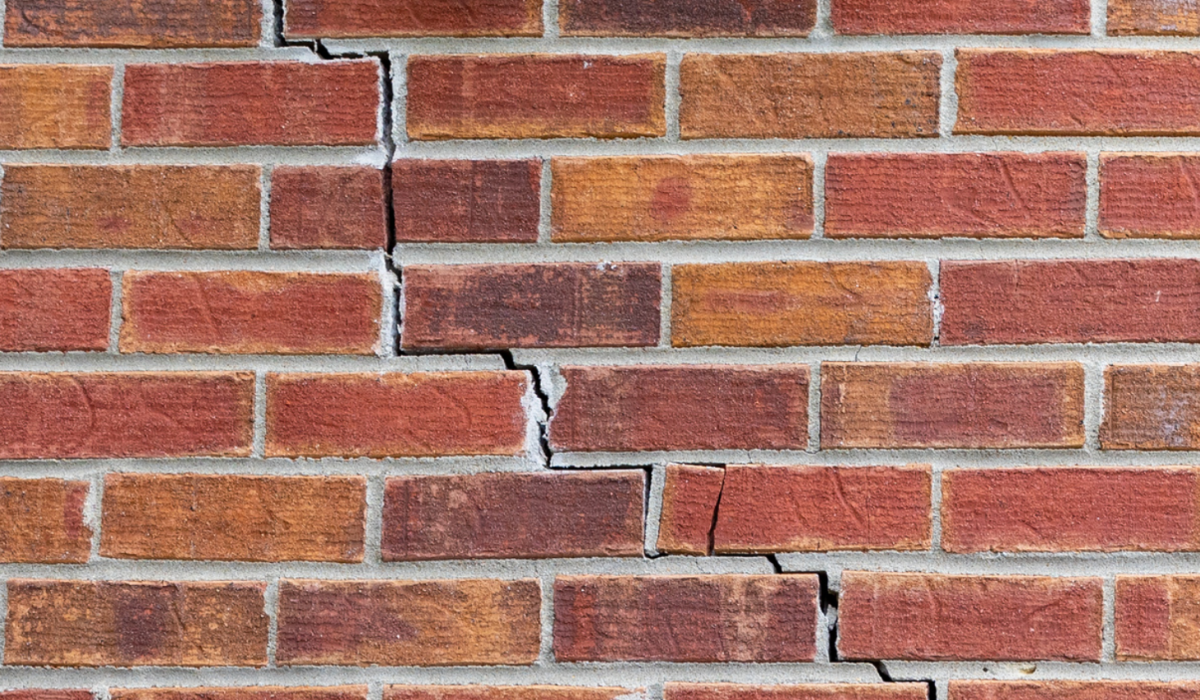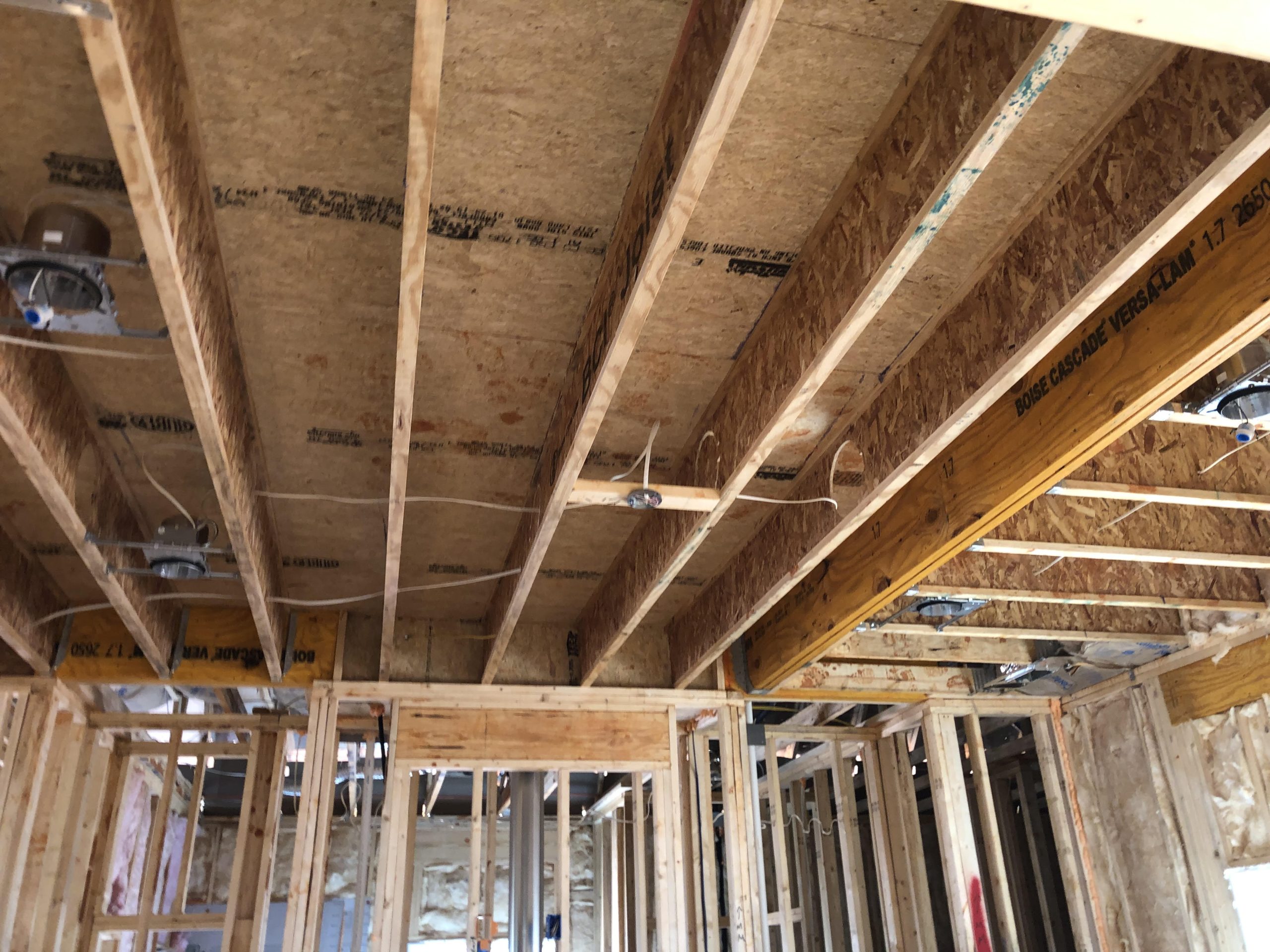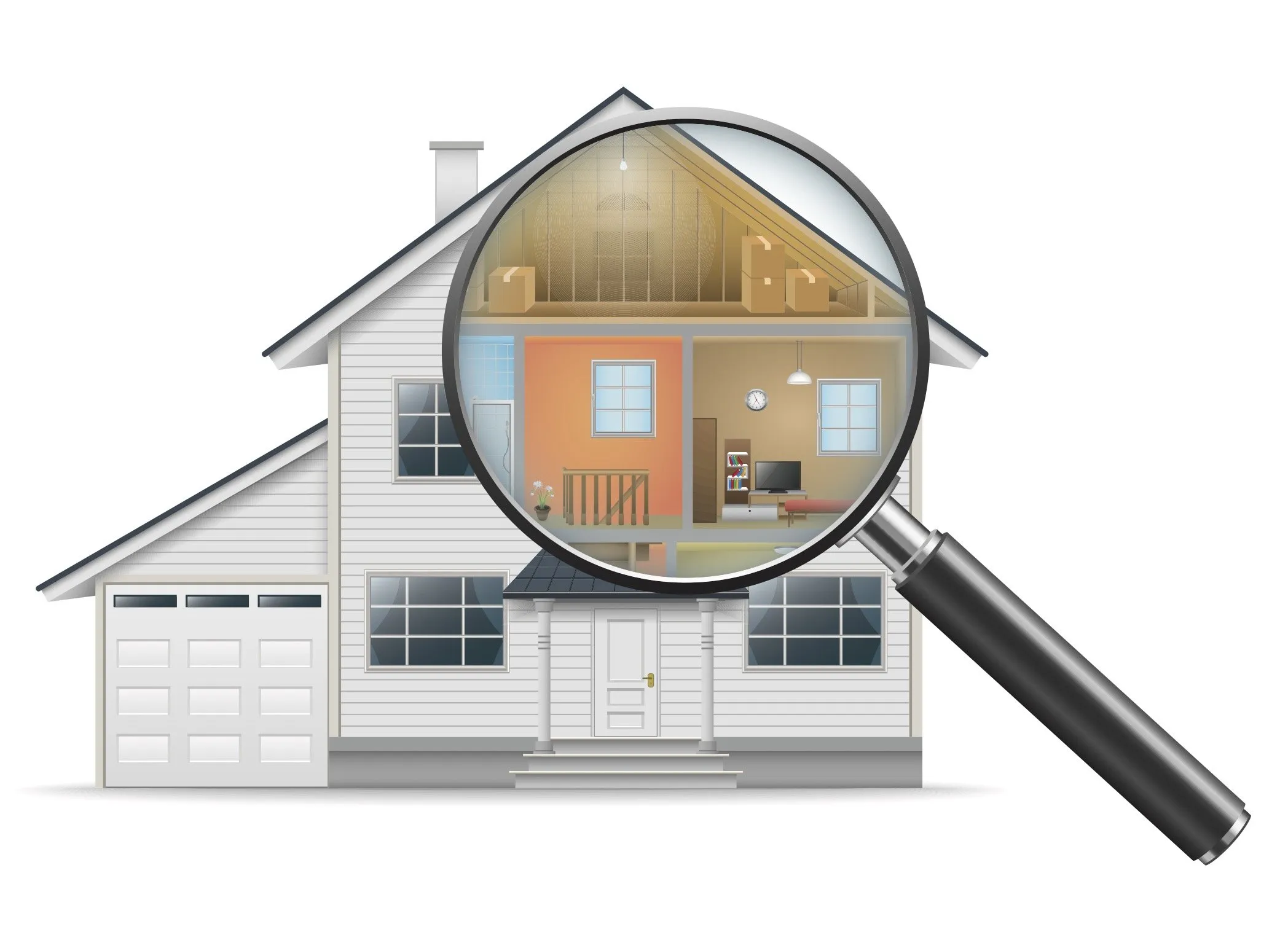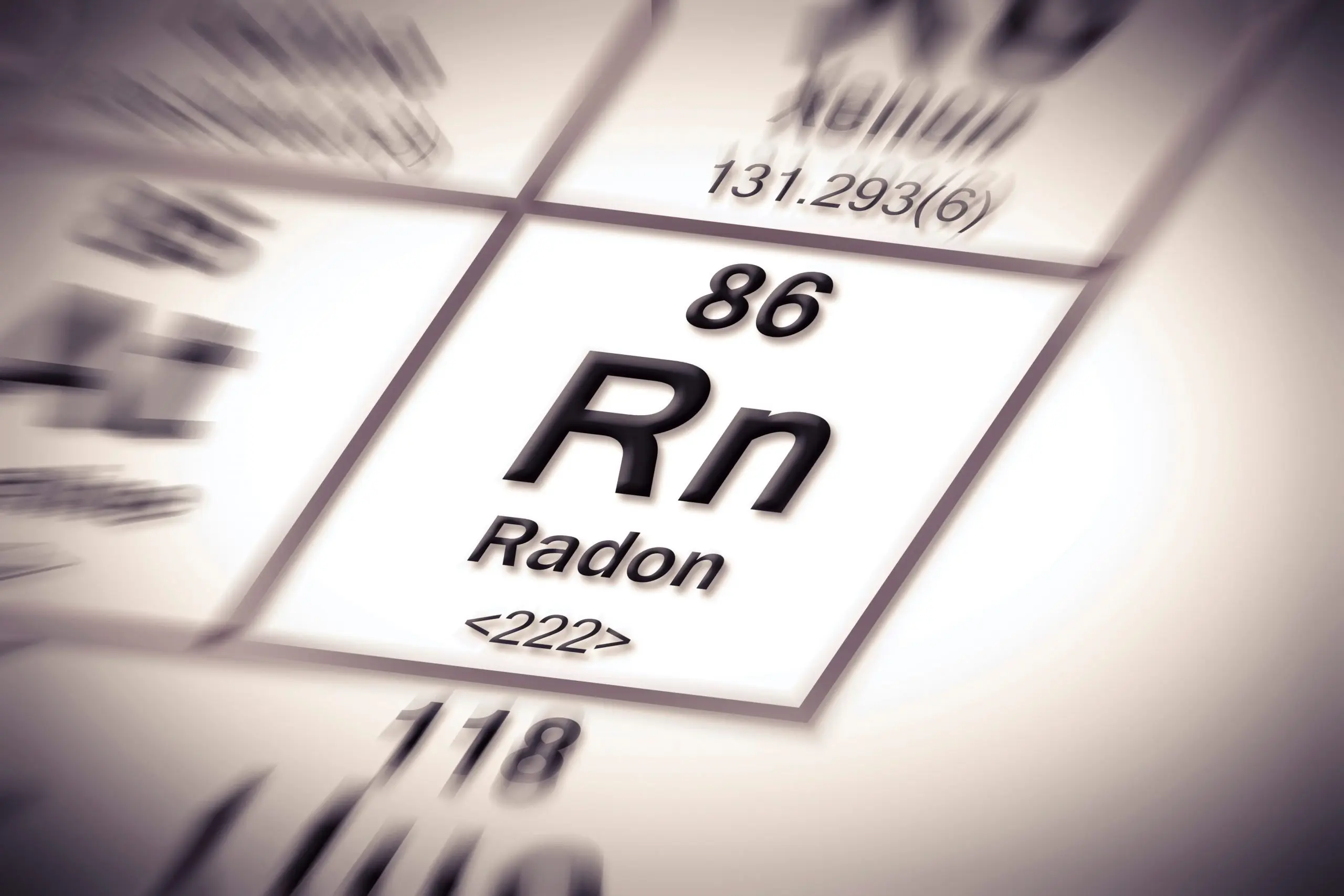Home inspectors technically don’t fail homes as an outcome of a home inspection. There isn’t some score or grade that they give. Rather, it is about understanding the condition of a home and making appropriate decisions based on these findings.No matter which side of a real estate transaction you are on, you have a vested interest in the outcome of the home inspection report.
As a buyer, you want to know what defects exist in the home before you commit to purchasing it. After all, it is likely the largest investment you will make. As a seller, you would rather know these things before the inspector points them out and it impacts your closing, or worse… sinks the deal.
What Do Home Inspectors Look for?
Home inspectors generally use the standards of practice set by the American Society of Home Inspectors (ASHI) to guide their inspection. The standards cover everything from the roof to the basement and all areas within those boundaries. Home inspections are not technically exhaustive, which means that the inspector is not going to take apart walls or dig holes to check for hidden issues. So that means, your inspector will check for visual defects and component function, but may not go into technical troubleshooting to understand why a component is not working.
However, they are highly trained and experienced to look closely at all areas of a home and identify any problems.
What to Expect in the Inspection Report
There is no standard format to expect your report to be delivered in. Inspectors can deliver high quality in various formats, some shorter than others, however, this depends on how many issues are documented during the inspection. Your inspection report should list all of the issues identified in the inspection, as well as any recommendations for repair or replacement. Some inspectors go above and beyond this minimum requirement and offer recommendations and improvement opportunities. Your real estate agent will help you determine what the seller is and is not responsible for, based on the sales contract.
An inspection report will generally detail all findings with pictures and an explanation of the defect or issue identified, along with a recommendation. It is not a requirement for the inspector to detail the exact root cause of the issue, or recommend the method for repair. Inspectors will usually recommend a specific contractor type or professional to evaluate and repair, however, some inspectors will offer more details along with prescribing the corrective action.
So after pouring through hundreds of inspections, we have identified the most common issues that we see during home inspections. Some are easy to repair, while others can be very expensive.
Here is our list of the top 6 things that “fail a home inspection”:
Improper Water Heater Installation
Most water heater issues we find do not have anything to do with the function of the water heater… its the installation. The most common issue we see is a pressure relief valve not plumbed to the exterior of the home. The pressure relief valve will open if the pressure inside the water heater rises to prevent the unit from exploding. When this valve opens, it releases water to lower the pressure in the tank. Without a drain, the water will leak into the area where the water heater is installed.
Another defect that we see with water heater installation is missing bottom pans drained to the outside of the home when installed inside of the home. Without a pan underneath, a bottom leak, or even a leak elsewhere on the tank, could leak into a subfloor before it is found. Having a pan underneath would capture that water and drain it away.
Water heaters must have their wiring installed properly and secured to ensure safe operation. A cable connector should be used to secure the wiring to the junction box on the water heater, as this will prevent any movement or pulling of the wires. Additionally, the junction box cover should always remain securely in place to protect against any potential exposure of wiring splices. Any exposed wiring can be hazardous, so it is important to ensure that all safety precautions are taken when dealing with a water heater’s wiring system.
Electrical Issues
Mainly a problem found in an older home’s electrical system, outlets that aren’t grounded is a common finding. Many of these homes were built when it was not common to have outlets grounded, but as more devices required a ground, 3-prong outlets were installed without ground wires. If a 2-prong outlet is left installed on an ungrounded circuit, it is not an issue. It becomes an issue when a 3-prong outlet is installed on an ungrounded circuit.
It is especially important to ensure that all outlets are properly grounded in rooms such as the kitchen and bathroom, where electricity can be more dangerous. An ungrounded outlet poses a significant safety hazard, as electricity can travel through metal objects plugged into the outlet and create an electrical shock. Additionally, if there are any missing or loose wires, they should be addressed as soon as possible.
Always have electrical problems evaluated and repaired by a licensed electrician.
Missing Smoke Detectors
A very important safety device, smoke detectors are often uninstalled, broken, painted or just not present. Generally, all bedrooms should have a smoke detector installed on the inside of the bedroom, as well as a smoke detector in the common area outside of the bedroom such as a hall or living area.
Not having detectors installed is one of the most common safety issues that we document. If gas appliances are installed, carbon monoxide detectors should be installed as well. Combination carbon monoxide and smoke detector units are available for installation anywhere that a smoke detector is required.
Loose Toilets, and Other Leaks
Another very common finding, but with potentially huge consequences, is a loose toilet. Over time, toilets can become loose and if they are loose enough they can leak around the base if the wax ring seal is broken and the toilet shifts enough. The damage caused by a toilet leak can be concealed lead to rotted wood and cost thousands of dollars to repair. A toilet should not rock or turn to prevent this type of leak.
It’s also very common to find leaky pipes and P-Traps underneath sinks. Over time, the seals around the pipe can dry out and crack allowing water to leak from the area. These plumbing problems should be addressed as soon as they are noticed to prevent any damage that could occur due to a long-term leak.
Roofing Problems
Roofing issues are usually one of a buyer’s biggest concerns, especially if the roof doesn’t look new, however, a home inspector can’t recommend roof replacement due to its poor appearance. The inspector is looking for roofing damage or active roof leaks. There are two areas on a roof where is common for damage to be found. The most common is around a chimney. Missing shingles, failed flashing, or water penetration through the chimney can cause damage to the roofing deck around the chimney. In severe cases, damage can extend into the ceiling or the walls around the chimney.
Another common area where an inspector will find defects is around plumbing vent boots. Over time, these boots can become damaged and the cracks in the boot will allow water to drip into the attic. Many times, the source of a ceiling stain will be a roof leak around a plumbing vent boot.
Crawlspace Damage
If a home has a crawlspace, there is a good chance that defects are lurking. Many homeowners never venture into the spider filled darkness of the crawlspace, which can lead to issues developing without the knowledge of the homeowner. Common findings in a crawlspace include moisture, mold issues, insufficient insulation, plumbing leaks, foundation issues, and termite infestation. All of these major issues can be very costly to repair and could even lead to health concerns. These issues should be addressed as soon as possible.
An inspector will also look for any signs of rotting wood or termite damage as well as any noticeable movement in the floor joists that could be a sign of structural damage. While this is not very common, when found, it is generally a big, expensive deal. It is always recommended to have a pest inspection from a qualified pest control company in addition to your home inspection.
Final Thoughts From a Home Inspector
Home inspectors see it all. From the small issues like a missing outlet cover to the large issues such as foundation problems and structural issues, home inspectors can identify and report on many issues that could be costly to repair. A good home inspector will help you make an informed decision about the condition of your potential new home. These common things that fail a home inspection all require a licensed contractor to repair, so ensure that the work is done professionally.
Even if you feel you have a keen eye and can find issues, it is still always advised to have a professional home inspection report from a licensed home inspector when buying or selling a home. Not only is a home inspector professionally trained to find defects in all areas of the home, but a home inspection report will also function as leverage for the buyer and could impact the purchase price. So, contact an inspector and schedule your inspection. It could save you thousands.






